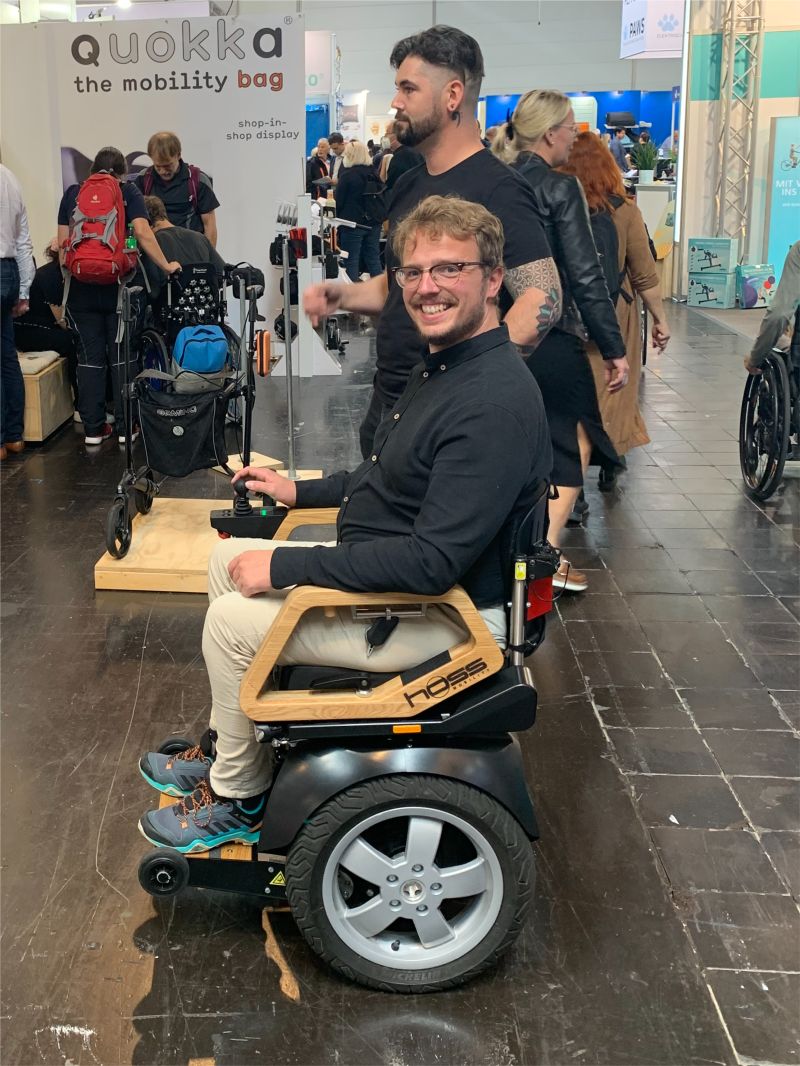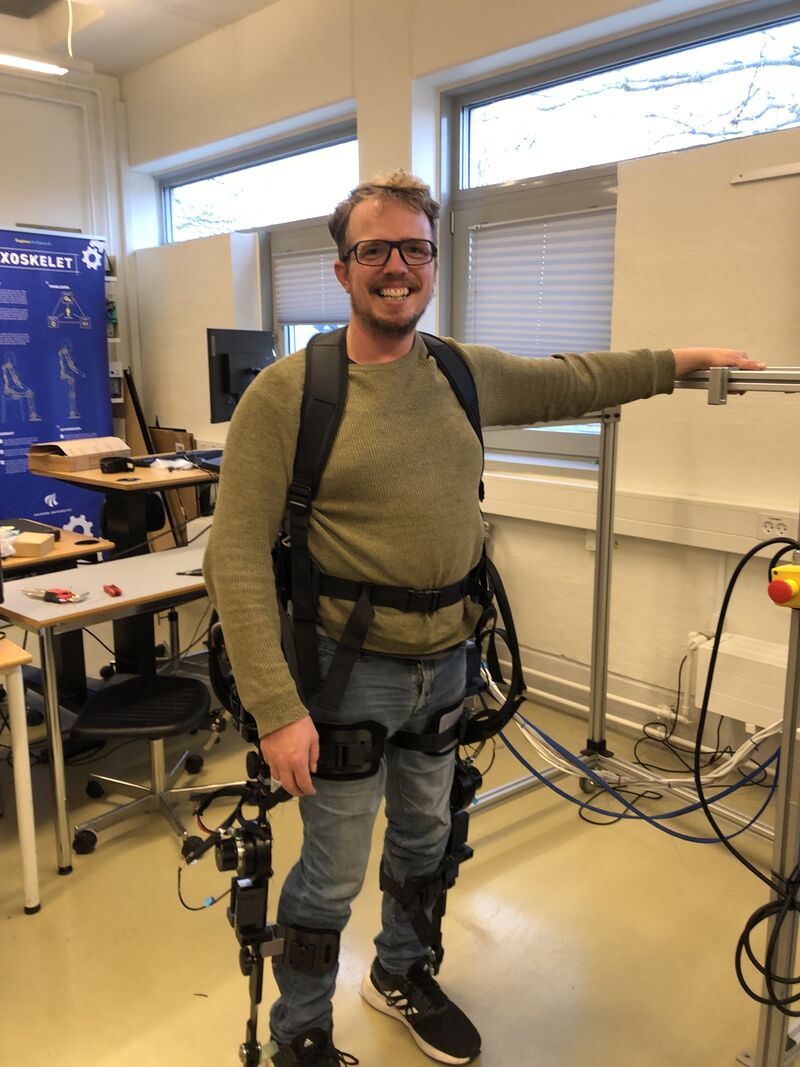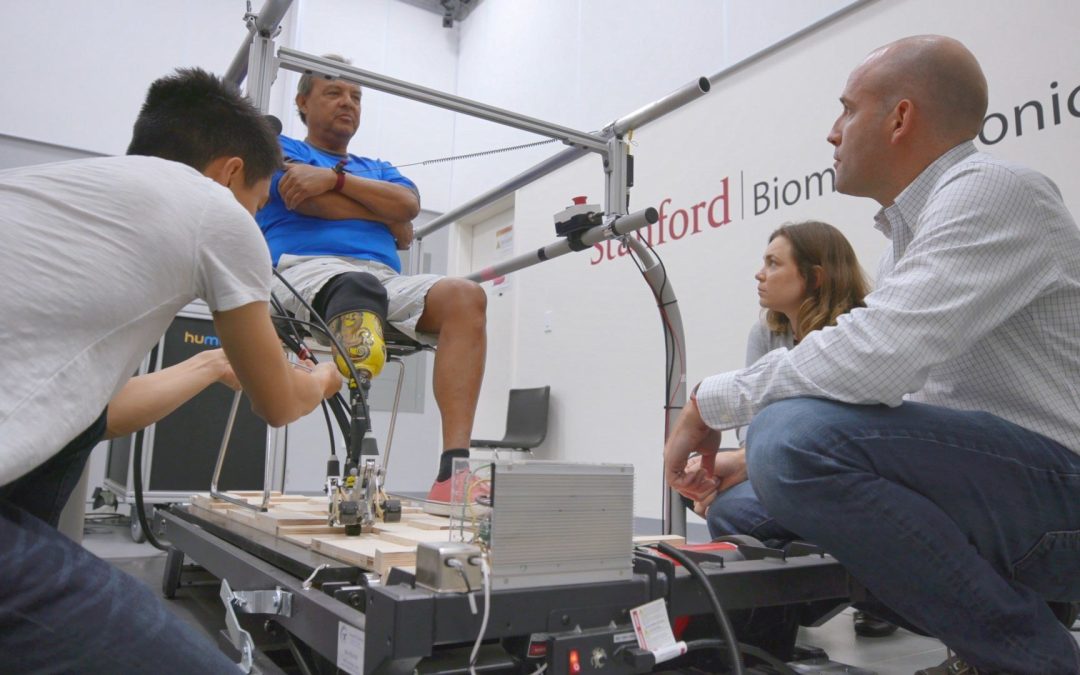How did your journey with disability begin and whats that experience been like?
My life and my journey with disability started more or less at the same time. When I was only one year old, I got very ill. As a result of the illness, I was paralysed from the waist and down. In 1987, the doctors had no idea what kind of illness it was or how to treat it.
About a year later, I somehow recovered from the paralysation, but not without consequences. Everywhere I had been paralysed, I was heavily affected by spasticity. To reduce this spasticity, I went through several surgeries over a period of many years. With every surgery, my ability to walk increased, and I could do mostly the same things as my “normal” walking friends for many years. I could walk on the beach and, in the woods, climb and fall out of trees – in essence, the same mischief any other kid would get into. But I knew that it could not last forever.
When I was six years old, I was told that I would probably not be able to walk for more than ten years. As I got older, my ability to walk slowly decreased and I struggled to keep my balance. This happened in my pre-teen years when I wanted to be neutral and become part of the “flock”.
I was keenly aware that people were looking at me everywhere I went. When I look back on this time of my life, I realise that it was a transformative period as I realised that I would never be able to hide from the attention I got for being “different”.
So, instead of trying to hide, I decided to forgo the shadows and step into the spotlight. I let my hair grow long and got a Kawasaki green wheelchair – I might not be able to hide, but I could choose what people saw.
Help our nonprofit curate more inspiring stories.

“The main frustration with sitting in a wheelchair is that I know it is incredibly unhealthy to have a sedentary lifestyle.
By sitting down, I know that the strength in my legs is day by day decreasing, and there is nothing I can do to stop this, or there is, but for now, exoskeletons are out of reach for most people.
Other than that, the whole thing is constantly having to think ahead, to plan simple things like seeing a movie in the movie theatre or going out for dinner. The common issue with both examples is that I cannot assume that they are accessible.”
When did you first become interested in bionics? What technologies are you most engaged with?
In some way, I have always been interested in bionics, or at least in technology that could enable me to do the things I wanted to do. I have always been interested in science, technology, and space; Sci/Fi and fantasy were (and still are) my big passion.
It was logical that my mind went to that to find a solution. When I think back to that time, I now realise that I was always looking at the technology in these films and games and envisioning how the technologies could be used to solve my situation.
The technologies I am most engaged with are exoskeletons and exosuits or just wearable technology. The reason for this is that it is this technology that will allow me to continue to walk. As a lucky coincidence, I am, as one exoskeleton manufacturer has put it, “uniquely suited to test exoskeletons.”

You mentioned that your foray into the bionics field had taken you to places you hadn’t even imagined. Tell us more about that.
It has been a wild Rocketship ride, and it is only starting. I mean it literally when I say that I have been to places I would have never imagined. I honestly had no idea that my knowledge, which I took for granted, was something people actively sought.
One of the best examples of this is that I was invited to visit the UN and talk about the future of assistive devices by the head of the innovation manager for assistive tech and disability.
Tell us about Nordic Bionics and your goals for the new venture.
Innovation is at the heart of all I do in Nordic Bionics. I aim to build a platform from which I can continue influencing how wearable technology is being developed. I can do this as I work with companies in the assistive device industry or want to enter the market. I work with companies of every size, from brand-new start-ups to multinational companies.
In a very short amount of time, I have achieved a global presence, and I have inquiries from all over the world from companies that are interested in my knowledge of assistive devices and wearable technology. The thing I still find hard to believe is that the foundation for all this is that I have lived with a disability and thus know the issues and limitations that arise from doing so.
I aim to become a professional tester and reviewer of exoskeletons – I am already seen as an experienced exoskeleton pilot. The combination of lived experience, my background in technical innovation and my waste knowledge of exoskeletons enables me to provide a broad range of services that will improve the devices.
My long-term goal is to develop an exoskeleton / exosuit combination that will enable me to continue to walk. Nothing is quite as motivating as the pending threat of losing the ability to walk.
What excites you about the future of bionics? What innovations are you most hoping for? What would dream technology look like for you, and how would that impact your life?
The thing that excites me about the future of bionics is that we are literally in the making of an industry. I am incredibly excited that, for the first time, we are seeing a universally applicable technology spanning a vast range of use cases in vastly different industries.
There are no set rules that govern this development. I often compare it with the early gold rush. The goal is the same, but everybody is trying different approaches to solve the same problem. Right now, the industry is in its infancy, and the exoskeletons that are on the market are, for the most part, a few steps ahead of an advanced prototype, but that is how things are when something new is being developed – it is innovation in its purest form.
We are basically at the point where we have established a proof of concept; we could call it generation 0,9. I foresee that exoskeletons will split into specialised subcategories, such as running, climbing and potentially sports exoskeletons.
My vision for the future is an exosuit that I can put on in the morning and forget about throughout the day. It would be small enough to fit underneath my regular clothes – I do not mind flaunting my fancy, high-tech exosuit, but people should be allowed to make that decision independently.



